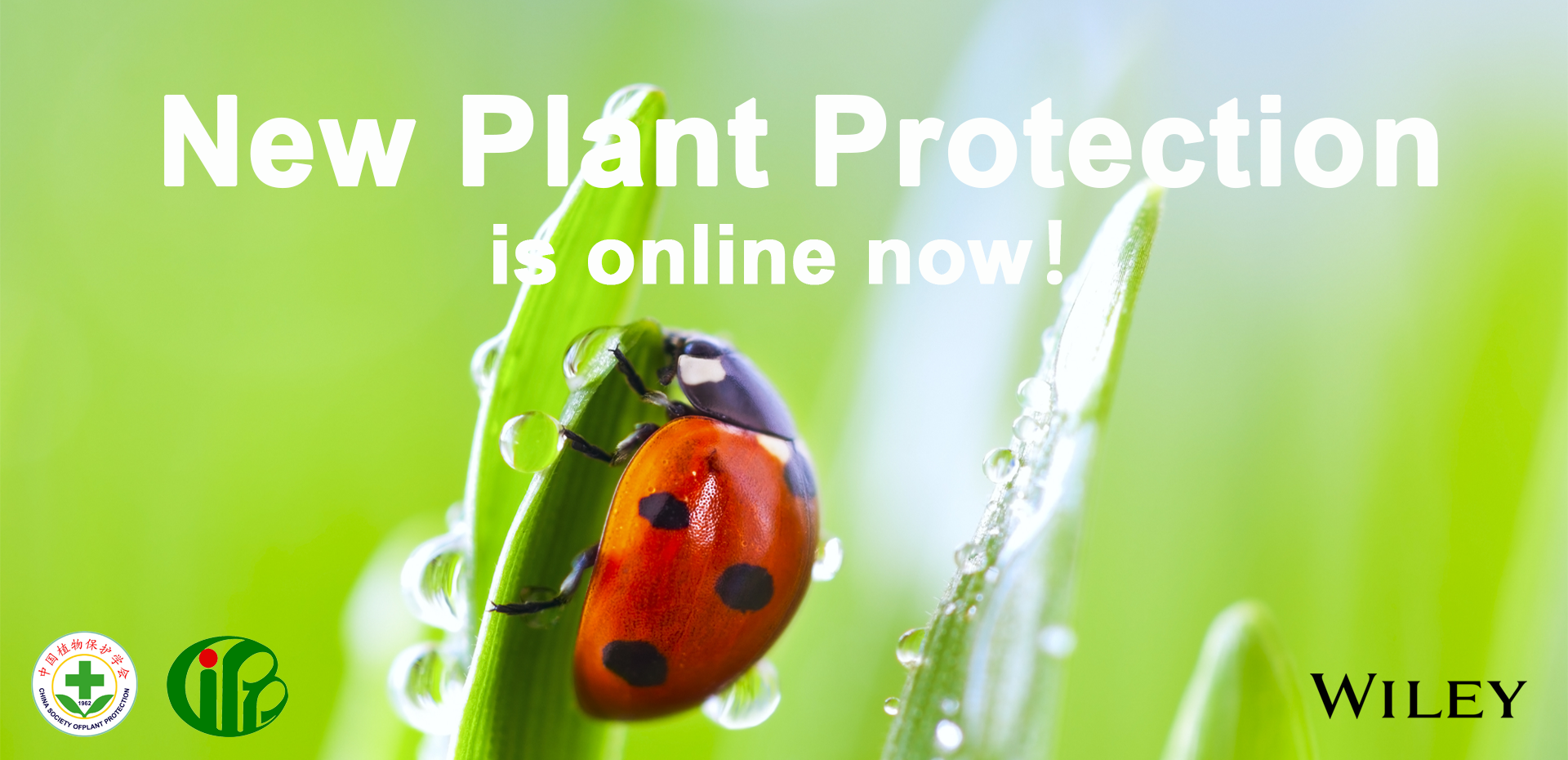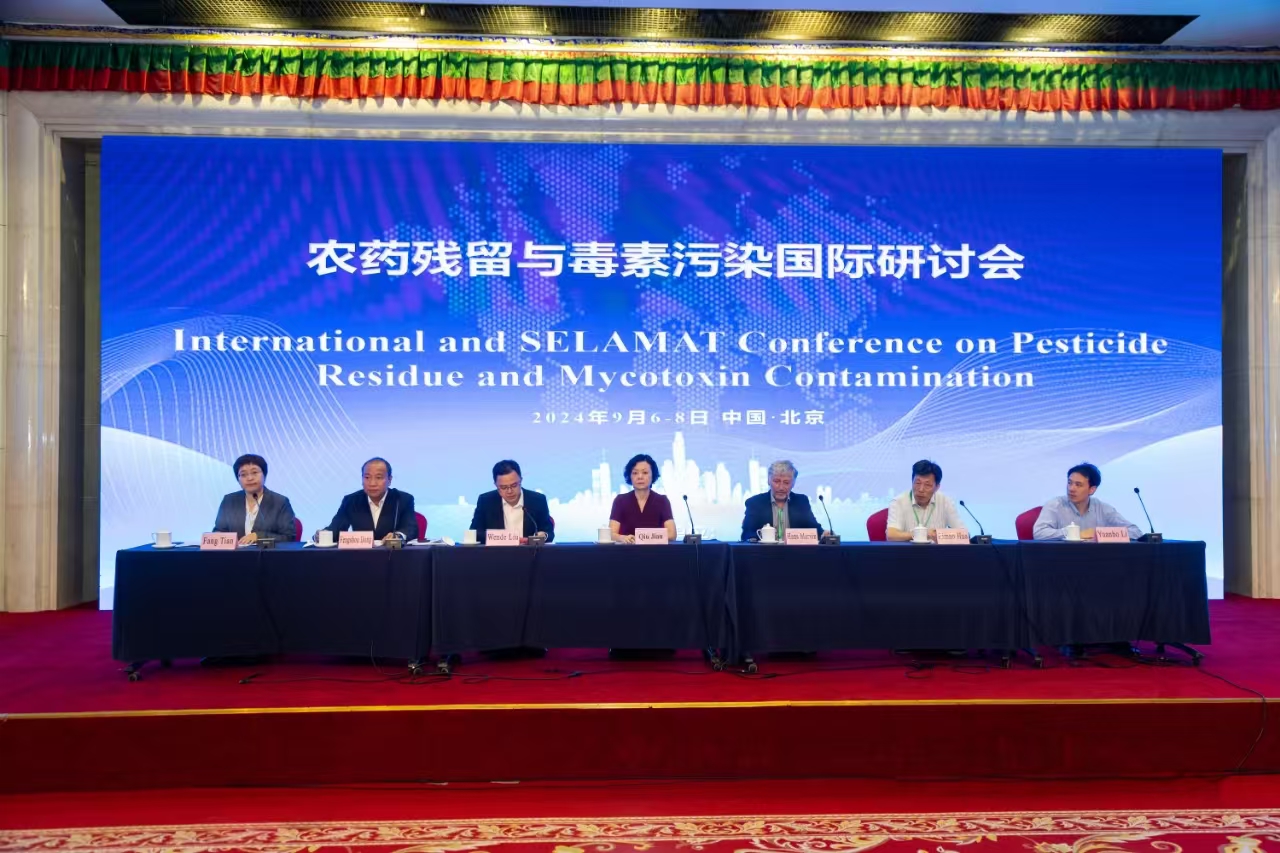Molecular Basis of Alarm Pheromone Detection in Aphids
The phenomenon is that when aphids attacked by parasitoids or predators, it alerts nearby conspecifics to escape by walking away and dropping off the host plant. Previous research found that aphids could detect (E)-β-farnesene (EBF), the major component of alarm pheromone. While the exact reasons why the aphid enable to perceive EBF is still a mystery. Recently, researchers at State Key Laboratory for Biology of Plant Diseases and Insect Pests, Institute of Plant Protection (IPP), Chinese Academy of Agricultural Sciences (CAAS) revealed a novel mechanism of alarm pheromone detection in aphids and published a paper in Current Biology.
The sesquiterpene, EBF is the alarm pheromone for many species of aphids. This study provides an integrated picture of EBF detection in Acyrthosiphon pisum at the cellular and molecular levels. To start with, the team showed that EBF is detected only on the sixth antennal segment, specifically by type B neurons, housed in large placoid sensilla. Next, they identified ApisOR5 as the olfactory receptor responding to EBF and demonstrated that its function is essential for both electrophysiological and behavioral response to this chemical. In addition, Using RNA interference, they have confirmed that OR5 mediates the detection of EBF and that the presence of either one of OBP3 and OBP7 is sufficient for a response. Finally, their results indicate ApisOR5 and its orthologs in other aphids represent suitable targets to screen for novel aphid repellents. Taken together, the characterization of the EBF receptor allows high-throughput screening of aphid repellents, providing the necessary information to develop new strategies for aphid control.
It is interesting to note that this study for the first time articulated the signal transduction pathway on alarm pheromone detection in aphids. With practical applications in mind, such observation is quite beneficial as it provides the basis for designing new aphid repellents, as active as EBF.
More details are available on the bellow links:
http://www.cell.com/current-biology/fulltext/S0960-9822(16)31198-8
By Bing Wang
cutebbz@hotmail.com
-
 China-Laos Training Workshop on Integrated Management of Destructive Crop Pests and Diseases Successfully held in Laos
China-Laos Training Workshop on Integrated Management of Destructive Crop Pests and Diseases Successfully held in Laos -
 New Plant Protection: New challenge and new opportunity for plant protection
New Plant Protection: New challenge and new opportunity for plant protection -
 International and SELAMAT Conference on Pesticide Residue and Mycotoxin Contamination Held in Beijing
International and SELAMAT Conference on Pesticide Residue and Mycotoxin Contamination Held in Beijing -
 CAAS President Meets Chairman of ASEAN FAW Taskforce
CAAS President Meets Chairman of ASEAN FAW Taskforce
